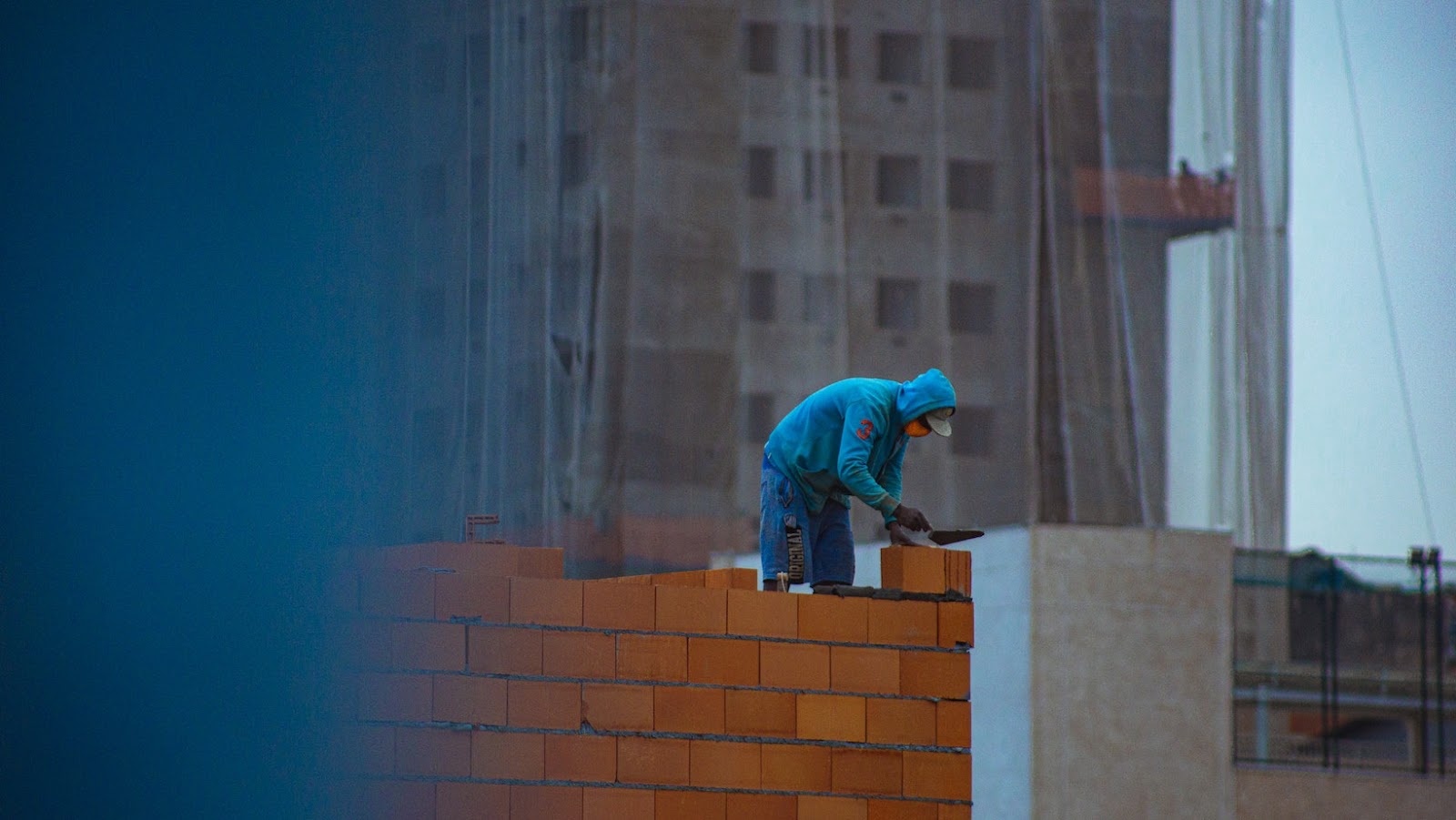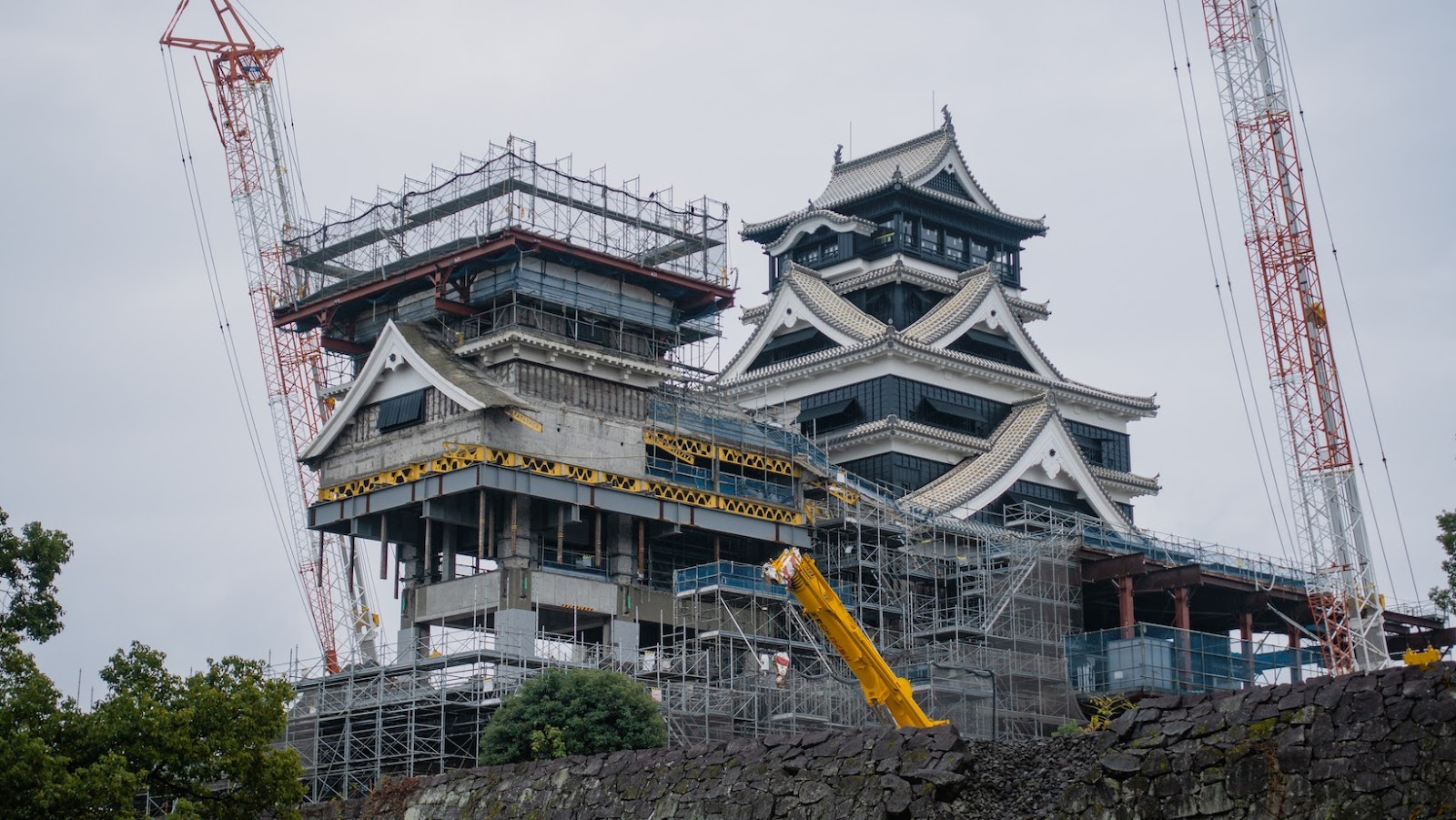Are you considering a home renovation project but overwhelmed by the terminology? Don’t worry, we’re here to help you understand the basics of brick veneer construction. You will learn what it is, its benefits and how to maintain it. Discover how this cost-effective option can provide a timeless look for your home!
What is Brick Veneer Construction
Brick veneer construction is a popular building method that combines the durability and aesthetics of bricks with cost-effectiveness and ease of installation.
Brick veneer construction involves creating a thin brick facade on the exterior of a building by attaching a layer of bricks to the wooden or steel frame of the structure. Unlike traditional bricklaying, which involves building a structural wall with bricks, brick veneer construction only serves as an aesthetic and protective facing. The structural integrity and insulation of the building are provided by other materials, such as concrete blocks or timber frames with Styrofoam insulation.
This technique also allows for different colour and texture options for the bricks, making it a versatile choice for both modern and traditional architectural styles. Brick veneer exteriors require very low maintenance, are naturally water-resistant, and provide good thermal insulation, resulting in energy-efficient homes.
Benefits of Brick Veneer Construction
Brick veneer construction is a method of building that involves using a superficial layer of brick to cover the exterior of a home or building, instead of using traditional solid masonry construction.
There are several benefits of using brick veneer construction:
- Energy Efficiency: Brick veneer construction provides natural insulation that helps to keep a building cooler in the summer and warmer in the winter, reducing energy consumption.
- Aesthetics: Brick veneer construction offers a classic look that enhances the overall appearance of a building. This method allows for a variety of brick colors and patterns to be used, providing a unique touch to each construction.
- Affordability: Brick veneer construction is less expensive than traditional solid brick construction, while still providing durability and strength to the structure.
- Time-Saving: Brick veneer construction is faster than solid brick construction, as it involves only a single layer of bricks.
Brick veneer construction provides several benefits that make it an excellent option for construction projects.

Types of Brick Veneer Construction
Brick veneer construction is a popular method used to build homes and commercial buildings. It involves using a thin layer of bricks as a facade over an underlying frame or wall.
There are two main types of brick veneer construction:
- Cavity Wall Construction: In this type of construction, a 2 to a 4-inch air gap or cavity is left between the brick veneer and the structural wall. This gap helps to provide water resistance by allowing any water that penetrates the brick veneer to drain out.
- Barrier Wall Construction: In this type of construction, a waterproof membrane such as a plastic or foil sheeting is applied directly to the structural wall before the brick veneer is added. This acts as a barrier and prevents moisture from penetrating the wall.
Both types of brick veneer construction offer durability, aesthetics, and improved insulation to buildings. Pro tip: Before opting for brick veneer construction, consult with a professional to determine which type is best suited for your building needs.
Design Considerations for Brick Veneer Construction
Brick veneer construction is a type of construction where a non-load bearing, thin layer of brick is attached to a house’s exterior. Design considerations are crucial when it comes to brick veneer construction as they help ensure that the installation is done correctly and safely.
Here are some design considerations for brick veneer construction:
- Wall ties: Wall ties help secure the brick veneer to the house’s primary wall. It’s essential to ensure that the ties meet local building codes.
- Moisture control: Proper insulation and moisture control measures should be in place to protect the house’s interior from water damage.
- Support: The wall must have adequate support to bear the weight of the brick veneer.
- Expansion joints: Expansion joints are crucial to accommodate movement caused by temperature changes.
- Flashing: Proper flashing should be installed to prevent water infiltration around any openings or penetrations.
By considering these design elements, you can ensure a long-lasting, efficient, and safe brick veneer construction.
Installation Process for Brick Veneer Construction
Brick veneer construction is a cost-effective and durable method for adding a layer of aesthetic appeal and insulation to any building. It is a type of construction where a layer of brick is installed over an existing wall, typically made of concrete or wood.
Here are the steps for installing brick veneer construction:
- Lay out the brick pattern and measure the area to be covered.
- Clean and prepare the wall surface by removing any protrusions, dirt, or debris.
- Install a water-resistant barrier (WRB) to prevent moisture from penetrating the brick and damaging the wall.
- Install a metal lath to provide a secure anchor for the mortar and brick.
- Apply a layer of mortar to the wall surface and press the bricks into place.
- Use a level to ensure the bricks are straight and evenly spaced.
- Cut the bricks to fit around windows and doors as needed.
- Allow the mortar to dry for 24-48 hours before starting any further work on the brick veneer construction.
Maintenance Requirements for Brick Veneer Construction
Brick veneer construction is a type of construction where a non-structural outer layer of brick is installed over a wood-framed structure. It provides an aesthetic finish to the building while reducing the cost of construction. However, regular maintenance is required to ensure the longevity and structural integrity of the brick veneer.
Here are some maintenance requirements for brick veneer construction:
- Inspection of brickwork for cracks, loose mortar, or water damage
- Repairing any visible cracks or damages using appropriate materials
- Regular cleaning of the brickwork to remove dirt, debris, or biological growth
- Ensuring proper ventilation to prevent moisture buildup behind the brick veneer
- Regularly sealing the brickwork with a water-resistant sealant
With proper maintenance, brick veneer construction can last for decades, adding value and beauty to your home or building.

Cost of Brick Veneer Construction
Brick veneer construction is a type of construction where a thin layer of bricks is lined against the exterior of a home to give it a brick-like appearance. The cost of brick veneer construction varies depending on several factors such as the size of the project, the type of brick used and the labour costs in the area.
Here are some cost considerations for brick veneer construction:
- Brick type: Thin bricks are often used for veneer construction, which are more affordable than full-sized bricks. However, the type of thin brick chosen can affect the cost.
- Labour costs: The cost of hiring a contractor can vary depending on their experience, location and the complexity of the project.
- Project size: Larger projects will require more materials and more time to complete, which can drive up the overall cost.
According to national estimates, the average cost of brick veneer construction ranges from $10-$15 per square foot for materials and labor. However, this cost can be significantly higher or lower depending on the factors mentioned above.
Pro tip: Make sure to get multiple quotes from reputable contractors before hiring one for your brick veneer project to ensure you are getting a fair price.
Conclusion
In conclusion, brick veneer construction is a popular building method that offers numerous benefits.
Brick veneer construction refers to the technique of placing a layer of bricks over a frame structure, creating a cavity between the two layers. This method offers excellent insulation, soundproofing, and protection against fire, mould, and pests. It also provides an attractive and durable exterior that requires minimal maintenance. This type of construction is commonly used in residential and commercial buildings and can be customised with various colours, textures, and patterns to match any design preference.
In summary, if you’re looking for a long-lasting, energy-efficient, and aesthetically pleasing building solution, brick veneer construction is an excellent option to consider.
